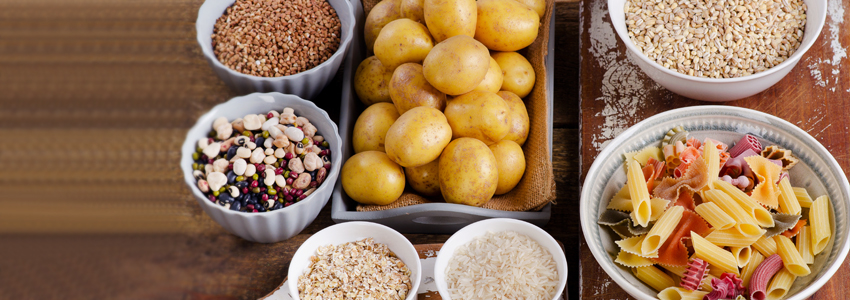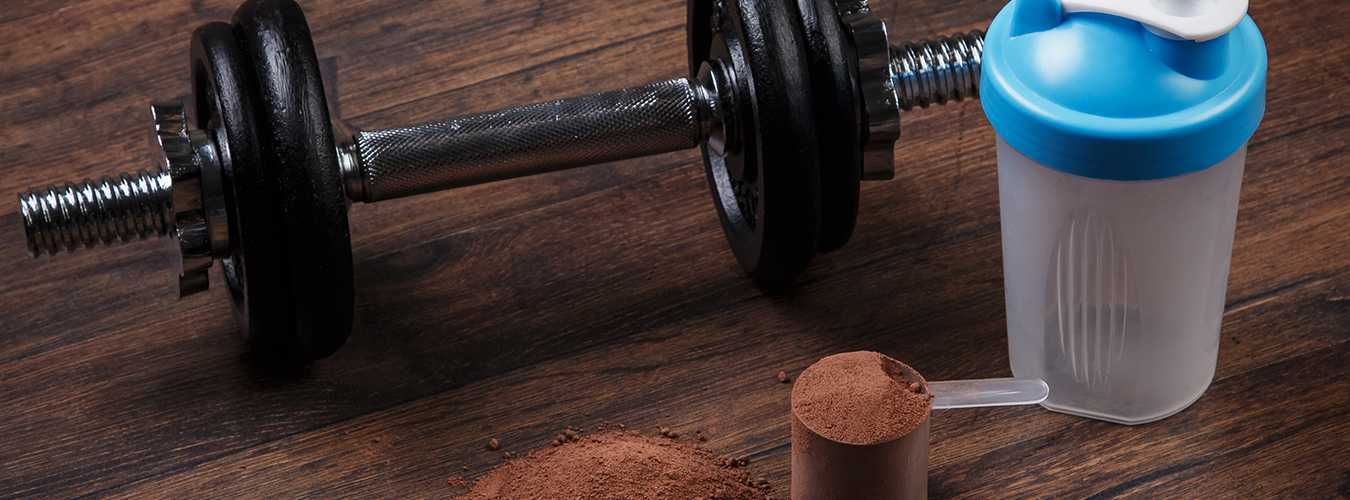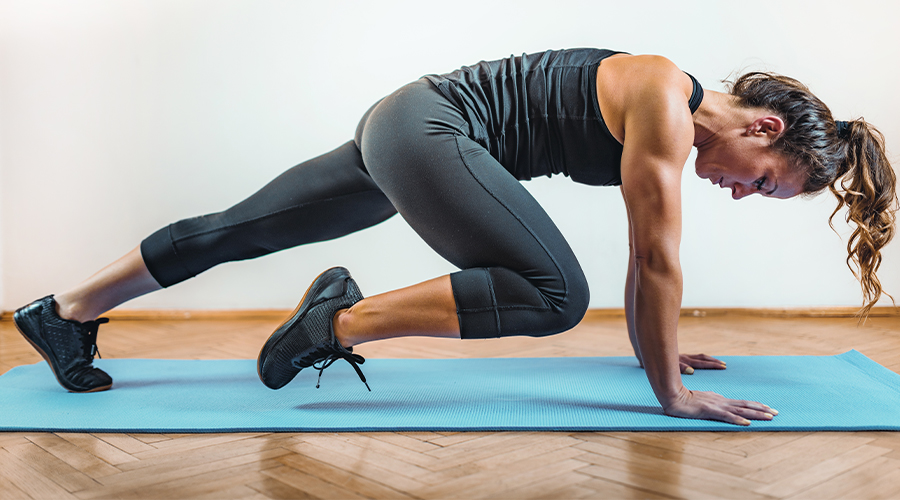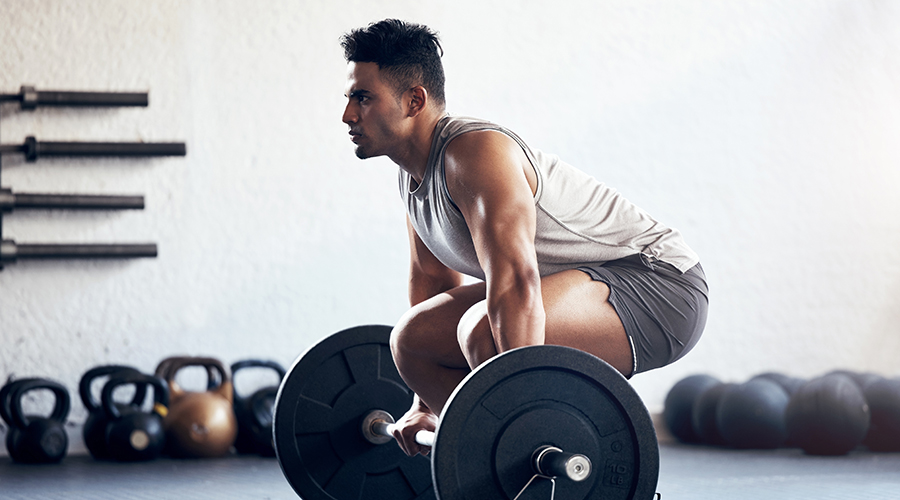Top 3 Ways to Avoid Hitting the Wall
27 April 2023
Crashing mid-marathon is every runner’s nightmare. Well, you can avoid bonking with the help of foods and recovery drinks. To know the details, read Top 3 ways to avoid hitting the wall with carbs and keep going on in your next race.
Hitting the wall or bonking is a common occurrence during marathons. Mostly, at the last leg of the marathon, the runners experience a sudden loss of energy and their limbs refuse to cooperate. Get an in-depth understanding of the subject:
- What is bonking
- How carb supplementation helps prevent hitting the wall
- Why a carb blend is superior to a single carb for preventing bonking
- Carb Supplements: The answer to hitting the wall
More than regular cramping, bonking, or hitting the wall, refers to a condition where your brain seems to work fine but your legs quit.
Technically, hitting the wall means severely low blood sugar or hypoglycemia, a condition brought by severe glycogen depletion. Your main fuel source during prolonged exercise is carbohydrates. You can store carbs in the form of glycogen (longer chain version of glucose) in your muscles or in your liver. After about 2 hours of intense exercise, your glycogen stores run out.
In contrast to the limited supply of glycogen, you have a seemingly unlimited supply of fat, but fat is an inefficient source of fuel. It burns slowly and will not give the same amount of energy, like glycogen.
During a long-distance run when the glycogen stored in the liver and leg muscle cells depletes totally, the athlete faces severe energy crunch and his body just refuses to budge, a condition known as hitting the wall, or bonking more common in cycle races. In marathons, the athlete damages his leg muscles while running, which forces him to slow down. However, pedaling is done in a rotary motion and the impact is not felt initially.
_1.jpg)
1. HOW CARB SUPPLEMENTATION HELPS PREVENT HITTING THE WALL
So far this much is clear that the depletion of carbohydrates store is a major cause of fatigue setting in during an exercise, and to recover from the fatigue, the athlete has to rely on the third source of energy: ingested carbohydrates. By this explanation, easily carbohydrate becomes the best workout recovery supplement.
Once absorbed these carbohydrates can be used as fuel right away. Carbohydrate supplementation is the best muscle recovery supplement, post an intense physical activity, as it ensures that athletes have ample carbohydrates, which can be metabolized to help produce energy during contraction.
The ready availability of adequate carbohydrates in the working muscles and bloodstream is central to an individual’s ability to sustain intensive training load as well as to ace the race. No wonder, for these reasons athletes are advised to load up on carbohydrates before, during and immediately post exercise.
Carbohydrate loading maximizes muscle glycogen stores prior to exercise that would otherwise begin to deplete during an intense exercise. Carb loading is an important practice before sports events such as marathons that last longer than 90 minutes. The classical carb loading model takes place 3-4 days before an event.
2. WHY A CARB BLEND IS SUPERIOR TO A SINGLE CARB FOR PREVENTING BONKING
Whole foods such as potatoes usually contain carbs in the form of starch. Post digestion starch converts into glucose, the most basic unit of a carbohydrate. When we talk of blood sugar, we refer to glucose (a byproduct of carb digestion) in the blood.
Glucose (blood sugar) is different from the sugar (table sugar). Table sugar along with glucose also contains fruit sugar. Fructose is fruit sugar.
Glucose remains a preferred fuel during sports nutrition, as you can burn more of this fuel as compared to fructose. Post-exercise, glucose refills muscle glycogen easily, making it a better choice for recovery.
Separately, fructose is not as efficient as glucose, as a fuel source during exercise, but when glucose and fructose combine together, they use different routes for absorption in the intestine, which makes it more effective than glucose separately as a refuelling carb and has a higher rate of absorption. Add maltodextrin to it, a long-chain complex carbohydrate and it is easier for the body to assimilate and provides a steady supply of energy.
The mix of different carbs provides the athlete with glycogen to support his training sessions. This prevents degradation of their muscle tissues and keeps them energised during their intense physical activity.
A 35-year-old man who weighs 76kg with a resting heart rate of 63bpm should consume 1687 calories to finish in 4 hours 20 minutes. This is equivalent to eight bowls of pasta on top of his normal diet. The calorie load will increase to 3054, if he wanted to complete the course in 3 hours. So much food before a race will slow you down.
3. CARB SUPPLEMENTS: THE ANSWER TO HITTING THE WALL
It’s practically impossible to eat different carbs when you are in the midst of a strenuous sport, like marathon, cycling race, or for that matter even after you have completed it.
As a result, the sportsman requires a post-workout recovery drink that offers the concentrated dose of carbs better than the regular glucose. The best part about such carb blend supplements is that they work perfect as an intra-workout or sports drink and replenish the glycogen reserve quickly.
Also, the blend of carbs (glucose, fructose and Maltodextrin) makes sure that the external source of carbs will be burnt for energy and the muscle glycogen is spared from burning for the fuel. The recovery drink powder is easy to use and can be had whenever the athletes face energy crunch so that they do not hit the wall. The recovery drink for athletes should contain more than the much-hyped glucose. It should have a mix of fructose (fruit sugar) and starch-derived Maltodextrin, like MuscleBlaze Carb Blend. The refreshing orange flavour adds to the zing factor.









 100% Safe & Secure payments:
100% Safe & Secure payments:




